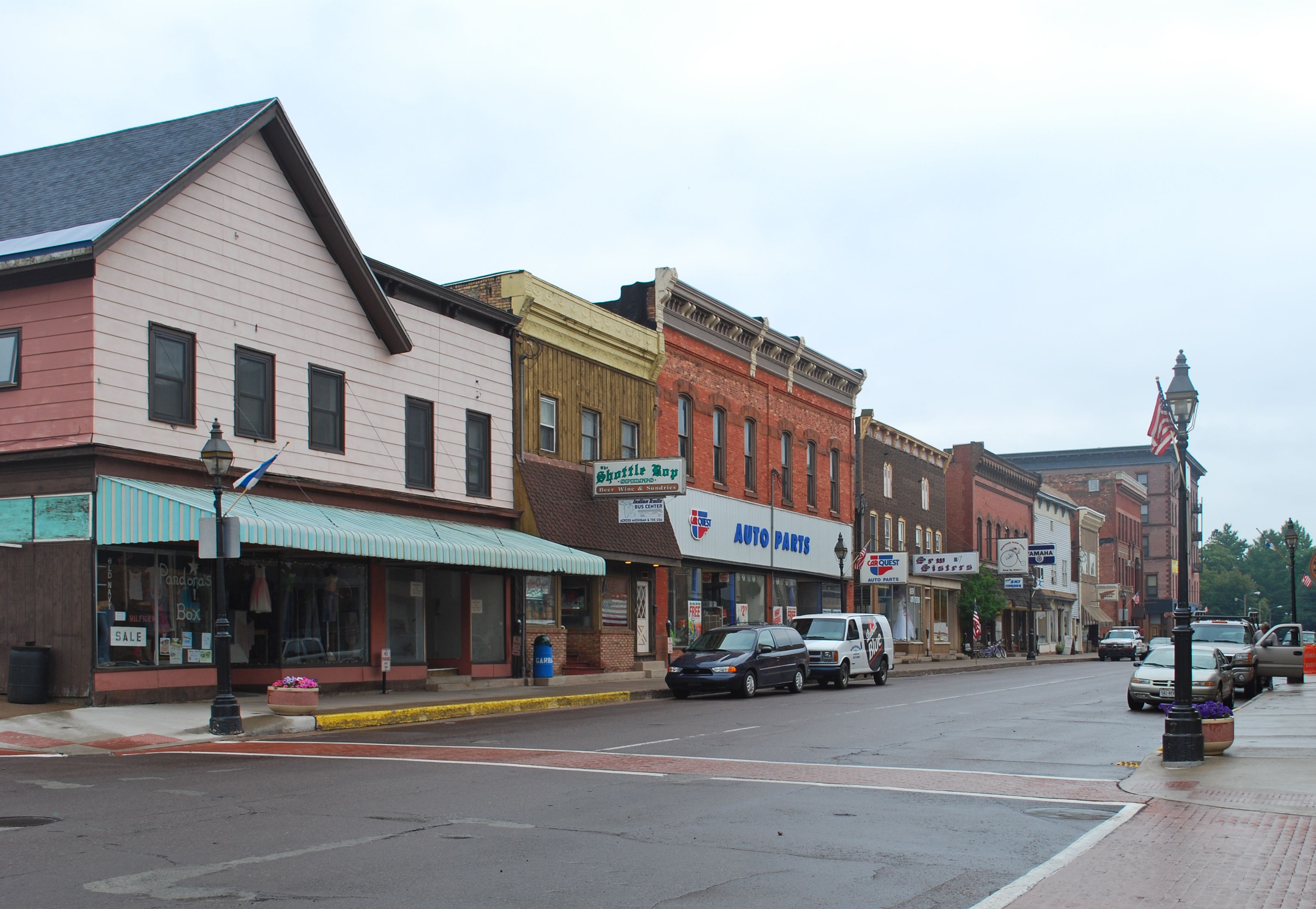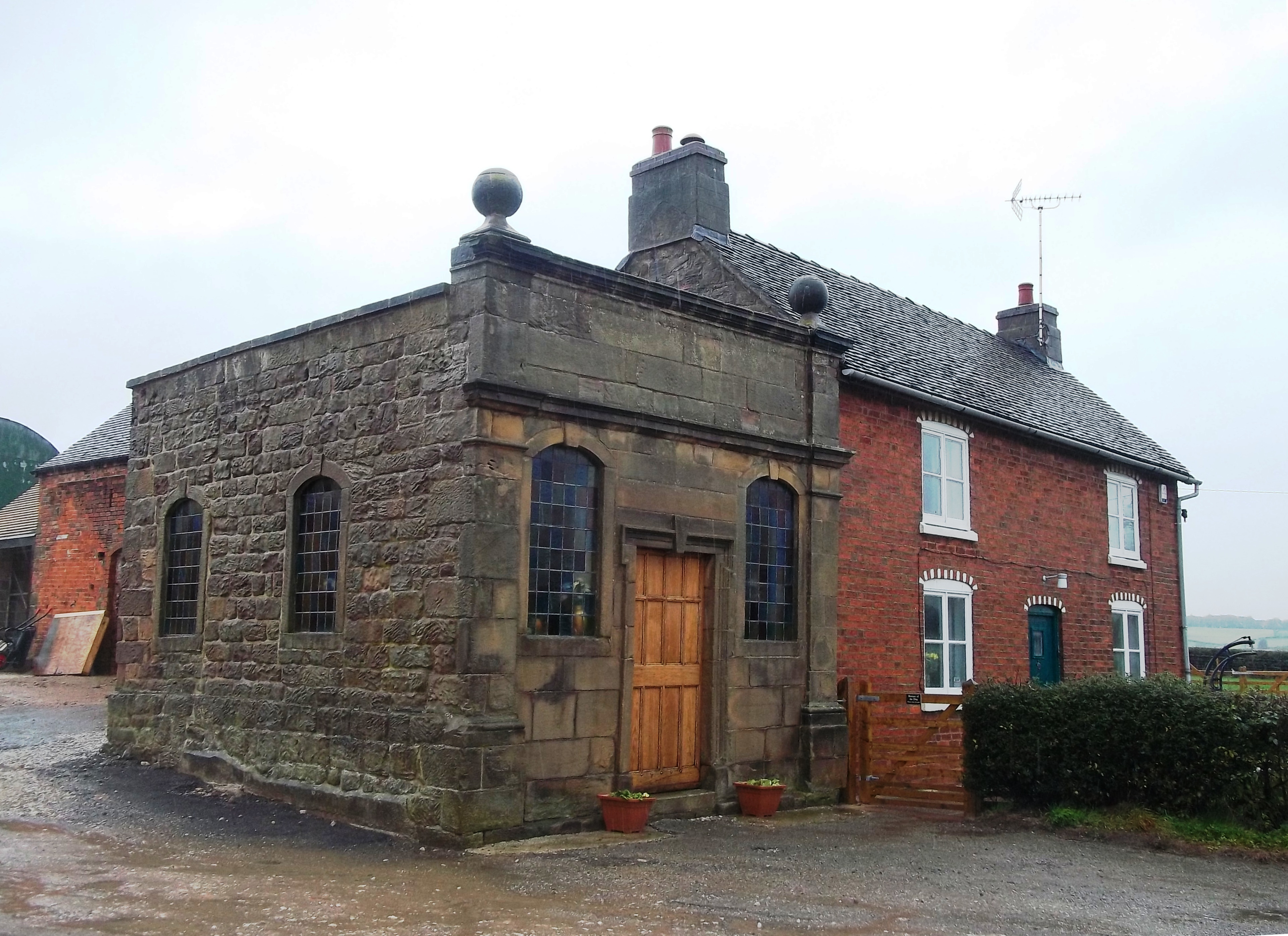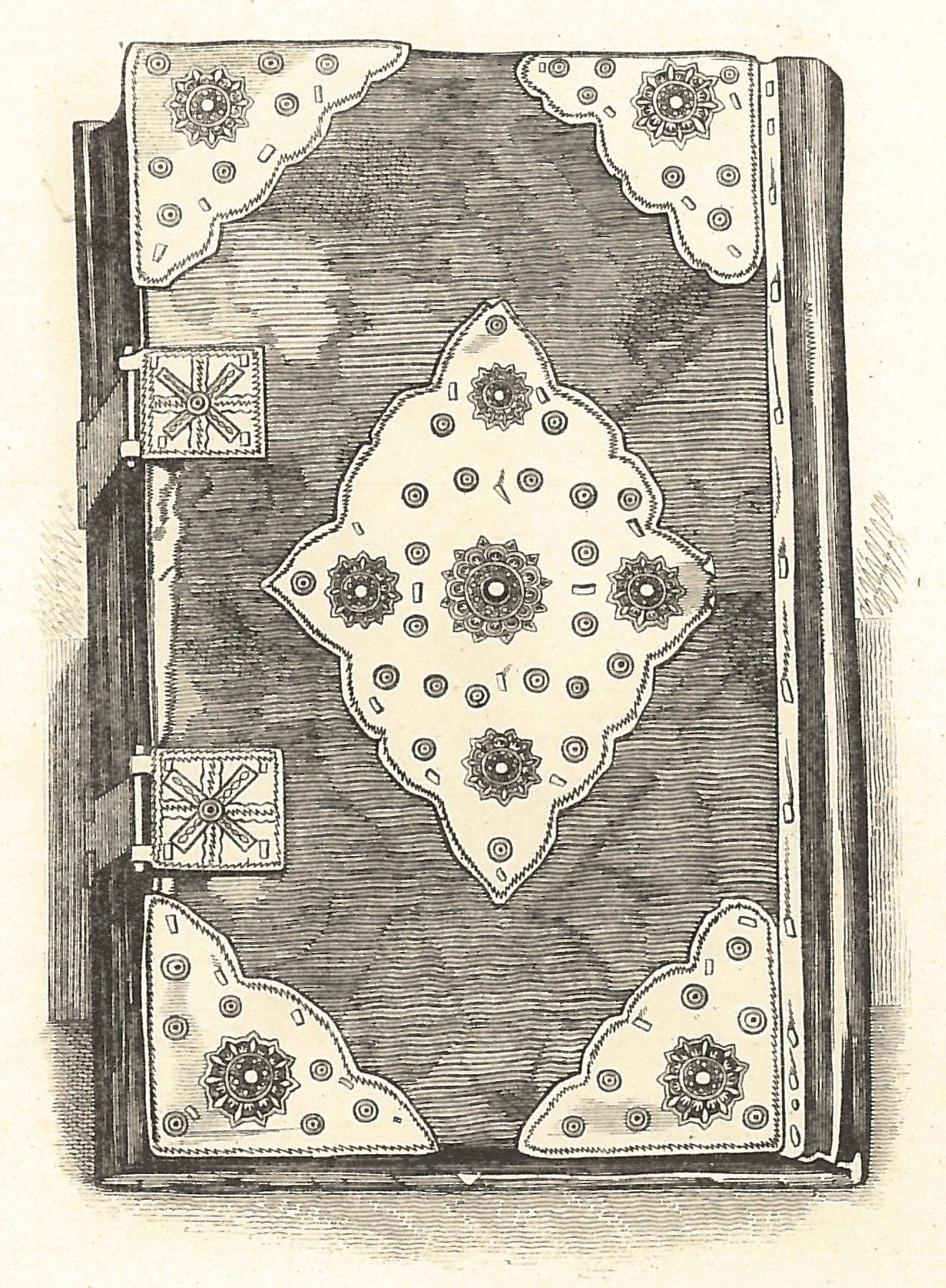|
Hulland Ward
Hulland Ward is a village and civil parish in the Derbyshire Dales district of Derbyshire roughly 6 miles west of Belper, Derbyshire England on the A517 road. The parish includes the hamlets of Biggin Hill, Biggin, Nether Biggin and Millington Green Historic District, Millington Green. Hulland Ward itself contains about 400 houses and has a population of just under 1000 inhabitants, being measured at 927 (and including Mercaston) in the 2011 Census. It is distinct from Hulland, the next village and civil parish immediately to its west. Originally, the village consisted of a few dwellings on the coaching road into the Duffield Frith, with the road being gated. This was known as Ward Gate and over the years, due to its proximity to Hulland Village was known as Hulland Wardgate. Sometime in the 17th century, the gate part was dropped, and the hamlet grew into the village now known as Hulland Ward. In the Domesday Survey Hulland Village is listed as ''Hoilant'' in the care of Geoffr ... [...More Info...] [...Related Items...] OR: [Wikipedia] [Google] [Baidu] |
Derbyshire Dales
Derbyshire Dales ( ) is a Non-metropolitan district, local government district in Derbyshire, England. The district was created in 1974 as West Derbyshire; the name was changed to Derbyshire Dales in 1987. The council is based in the town of Matlock, Derbyshire, Matlock, and the district also includes the towns of Ashbourne, Derbyshire, Ashbourne, Bakewell, Darley Dale and Wirksworth, as well as numerous villages and extensive rural areas. Much of the district is within the Peak District National parks of the United Kingdom, National Park. The neighbouring districts are High Peak, Derbyshire, High Peak, City of Sheffield, Sheffield, North East Derbyshire, Amber Valley, South Derbyshire, East Staffordshire and Staffordshire Moorlands. History The district was formed on 1 April 1974 under the Local Government Act 1972 as one of nine districts within Derbyshire. The new district covered the area of six former rural district, rural and urban district (England and Wales), urban distri ... [...More Info...] [...Related Items...] OR: [Wikipedia] [Google] [Baidu] |
Henry De Ferrers
Henry de Ferrers (died by 1100), magnate and administrator, was a Normans, Norman who after the 1066 Norman conquest of England, Norman conquest was awarded extensive lands in England. Origins He was the eldest son of Vauquelin de Ferrers and in about 1040 inherited his father's lands centred on the village of Ferrières-Saint-Hilaire. Career In England he progressively acquired landholdings, which he had to manage. As one of the leading magnates, he also served King William I of England and his successor William II of England, William II in administrative capacities and is said to have been castellan of Stafford Castle. In about 1080, he and his wife founded Tutbury Priory in Staffordshire, and in 1086 he was one of the royal commissioners in charge of the Domesday Book, Domesday survey, which records his 210 manors.''Domesday Book: A Complete Translation''. London: Penguin, 2003. p. 656-7 744-9 He died between September 1093 and September 1100 and was buried in Tutbury Prior ... [...More Info...] [...Related Items...] OR: [Wikipedia] [Google] [Baidu] |
Towns And Villages Of The Peak District
A town is a type of a human settlement, generally larger than a village but smaller than a city. The criteria for distinguishing a town vary globally, often depending on factors such as population size, economic character, administrative status, or historical significance. In some regions, towns are formally defined by legal charters or government designations, while in others, the term is used informally. Towns typically feature centralized services, infrastructure, and governance, such as municipal authorities, and serve as hubs for commerce, education, and cultural activities within their regions. The concept of a town varies culturally and legally. For example, in the United Kingdom, a town may historically derive its status from a market town designation or City status in the United Kingdom, royal charter, while in the United States, the term is often loosely applied to incorporated municipality, municipalities. In some countries, such as Australia and Canada, distinction ... [...More Info...] [...Related Items...] OR: [Wikipedia] [Google] [Baidu] |
Villages In Derbyshire
A village is a human settlement or community, larger than a hamlet but smaller than a town with a population typically ranging from a few hundred to a few thousand. Although villages are often located in rural areas, the term urban village is also applied to certain urban neighborhoods. Villages are normally permanent, with fixed dwellings; however, transient villages can occur. Further, the dwellings of a village are fairly close to one another, not scattered broadly over the landscape, as a dispersed settlement. In the past, villages were a usual form of community for societies that practice subsistence agriculture and also for some non-agricultural societies. In Great Britain, a hamlet earned the right to be called a village when it built a church.-4; we might wonder whether there's a point at which it's appropriate to talk of the beginnings of French, that is, when it wa ... ''village'', from Latin ''villāticus'', ultimately from Latin ''villa'' (English ''villa''). Ce ... [...More Info...] [...Related Items...] OR: [Wikipedia] [Google] [Baidu] |
Listed Buildings In Hulland
Hulland is a civil parish in the Derbyshire Dales district of Derbyshire, England. The parish contains nine Listed building#England and Wales, listed buildings that are recorded in the National Heritage List for England. All the listed buildings are designated at Grade II, the lowest of the three grades, which is applied to "buildings of national importance and special interest". The parish contains the village of Hulland and the surrounding countryside, and the listed buildings consist of houses, cottages and associated structures, and a church. __NOTOC__ Buildings References Citations Sources * * * * * * * * * * * {{DEFAULTSORT:Hulland Lists of listed buildings in Derbyshire ... [...More Info...] [...Related Items...] OR: [Wikipedia] [Google] [Baidu] |
Listed Buildings In Hulland Ward
Hulland Ward is a civil parish in the Derbyshire Dales district of Derbyshire, England. The parish contains four Listed building#England and Wales, listed buildings that are recorded in the National Heritage List for England. All the listed buildings are designated at Grade II, the lowest of the three grades, which is applied to "buildings of national importance and special interest". The parish contains the village of Hulland Ward and the surrounding countryside, and the listed buildings consist of two farmhouses, a chapel and a milepost. __NOTOC__ Buildings References Citations Sources * * * * * {{DEFAULTSORT:Hulland Ward Lists of listed buildings in Derbyshire ... [...More Info...] [...Related Items...] OR: [Wikipedia] [Google] [Baidu] |
Burchard Kranich
Burchard Kranich (c. 1515–1578) (also known as Doctor Burcot) was a mining engineer and physician who came to England from Germany. He was involved in mining ventures in Derbyshire and Cornwall, and in assaying the black ore, thought to be gold-bearing, brought back to England from Baffin Island by Martin Frobisher. He later practised as a physician in London, where he enjoyed a mixed reputation, and is said to have attended Elizabeth I when she contracted smallpox. He is alluded to in several literary works published during the reigns of Elizabeth I and James I. Early career Kranich's surname is spelled variously in extant documents; contemporary spellings include Cranye, Cranach, Cranicke, Cranegh, Craneigh, Craneighe, Craunighe and Kranyke. He is also referred to in some documents as 'Burchard', as though it were his surname, and later as 'Doctor Burcot'. He is said to have been born in southern Germany, and according to Bennell his surname suggests that he came from Kronach ... [...More Info...] [...Related Items...] OR: [Wikipedia] [Google] [Baidu] |
Ravensdale Park
Ravensdale Park is a civil parish in the Derbyshire Dales district of Derbyshire roughly WSW of Belper, Derbyshire, England, midway between Turnditch and Brailsford. The population of the civil parish as taken at the 2011 Census was less than 100. Details are included in the South Derbyshire civil parish of Dalbury Lees. It originated as one of the seven royal parks within Duffield Frith. In time it was the location of the chief hunting lodge for the Frith, and there are frequent entries in the records of the Duchy of Lancaster referring to it. John of Gaunt visited frequently. Parts of the former deer park are designated as a scheduled monument In the United Kingdom, a scheduled monument is a nationally important archaeological site or historic building, given protection against unauthorised change. The various pieces of legislation that legally protect heritage assets from damage, visu .... There is one Grade II listed building in the parish, the farmhouse at Park Farm, a ... [...More Info...] [...Related Items...] OR: [Wikipedia] [Google] [Baidu] |
Norman Conquest
The Norman Conquest (or the Conquest) was the 11th-century invasion and occupation of England by an army made up of thousands of Normans, Norman, French people, French, Flemish people, Flemish, and Bretons, Breton troops, all led by the Duke of Normandy, later styled William the Conqueror. William's claim to the English throne derived from his familial relationship with the childless Anglo-Saxon king Edward the Confessor, who may have encouraged William's hopes for the throne. Edward died in January 1066 and was succeeded by his brother-in-law Harold Godwinson. The Norwegian king Harald Hardrada invaded northern England in September 1066 and was victorious at the Battle of Fulford on 20 September, but Godwinson's army defeated and killed Hardrada at the Battle of Stamford Bridge on 25 September. Three days later on 28 September, William's invasion force of thousands of men and hundreds of ships landed at Pevensey in Sussex in southern England. Harold marched south to oppose ... [...More Info...] [...Related Items...] OR: [Wikipedia] [Google] [Baidu] |
Domesday Survey
Domesday Book ( ; the Middle English spelling of "Doomsday Book") is a manuscript record of the Great Survey of much of England and parts of Wales completed in 1086 at the behest of William the Conqueror. The manuscript was originally known by the Latin name , meaning "Book of Winchester", where it was originally kept in the royal treasury. The ''Anglo-Saxon Chronicle'' states that in 1085 the king sent his agents to survey every shire in England, to list his holdings and dues owed to him. Written in Medieval Latin, it was highly abbreviated and included some vernacular native terms without Latin equivalents. The survey's main purpose was to record the annual value of every piece of landed property to its lord, and the resources in land, labour force, and livestock from which the value derived. The name "Domesday Book" came into use in the 12th century. Richard FitzNeal wrote in the ( 1179) that the book was so called because its decisions were unalterable, like those of the ... [...More Info...] [...Related Items...] OR: [Wikipedia] [Google] [Baidu] |
Derbyshire
Derbyshire ( ) is a ceremonial county in the East Midlands of England. It borders Greater Manchester, West Yorkshire, and South Yorkshire to the north, Nottinghamshire to the east, Leicestershire to the south-east, Staffordshire to the south and west, and Cheshire to the west. Derby is the largest settlement, and Matlock is the county town. The county has an area of and a population of 1,053,316. The east of the county is more densely populated than the west, and contains the county's largest settlements: Derby (261,400), Chesterfield (88,483), and Swadlincote (45,000). For local government purposes Derbyshire comprises a non-metropolitan county, with eight districts, and the Derby unitary authority area. The East Midlands Combined County Authority includes Derbyshire County Council and Derby City Council. The north and centre of Derbyshire are hilly and contain the southern end of the Pennines, most of which are part of the Peak District National Park. They include Kinde ... [...More Info...] [...Related Items...] OR: [Wikipedia] [Google] [Baidu] |
Duffield Frith
Duffield Frith was, in medieval times, an area of Derbyshire in England, part of that bestowed upon Henry de Ferrers (or Ferrars) by King William, controlled from his seat at Duffield Castle. From 1266 it became part of the Duchy of Lancaster and from 1285 it was a Royal Forest with its own Forest Courts. It extended from Duffield to Wirksworth and from Hulland to Heage. Most of it became the ancient parish of Duffield, which contained the townships of Hazlewood, Holbrook, Makeney and Milford, Shottle, and Windley, and the chapelries of Belper, Heage and Turnditch. The chapelry of Belper – or "Beaureper" – was built by the Duke of Lancaster for the use of the foresters. The area had been noted for centuries for the quantity of deer, mostly fallow, but there was also wild boar. There were also wolves, at least until the end of the thirteenth century. Norman Conquest Henry de Ferrers had been granted vast tracts of land, in present-day Buckinghamshire, Berkshire ... [...More Info...] [...Related Items...] OR: [Wikipedia] [Google] [Baidu] |







